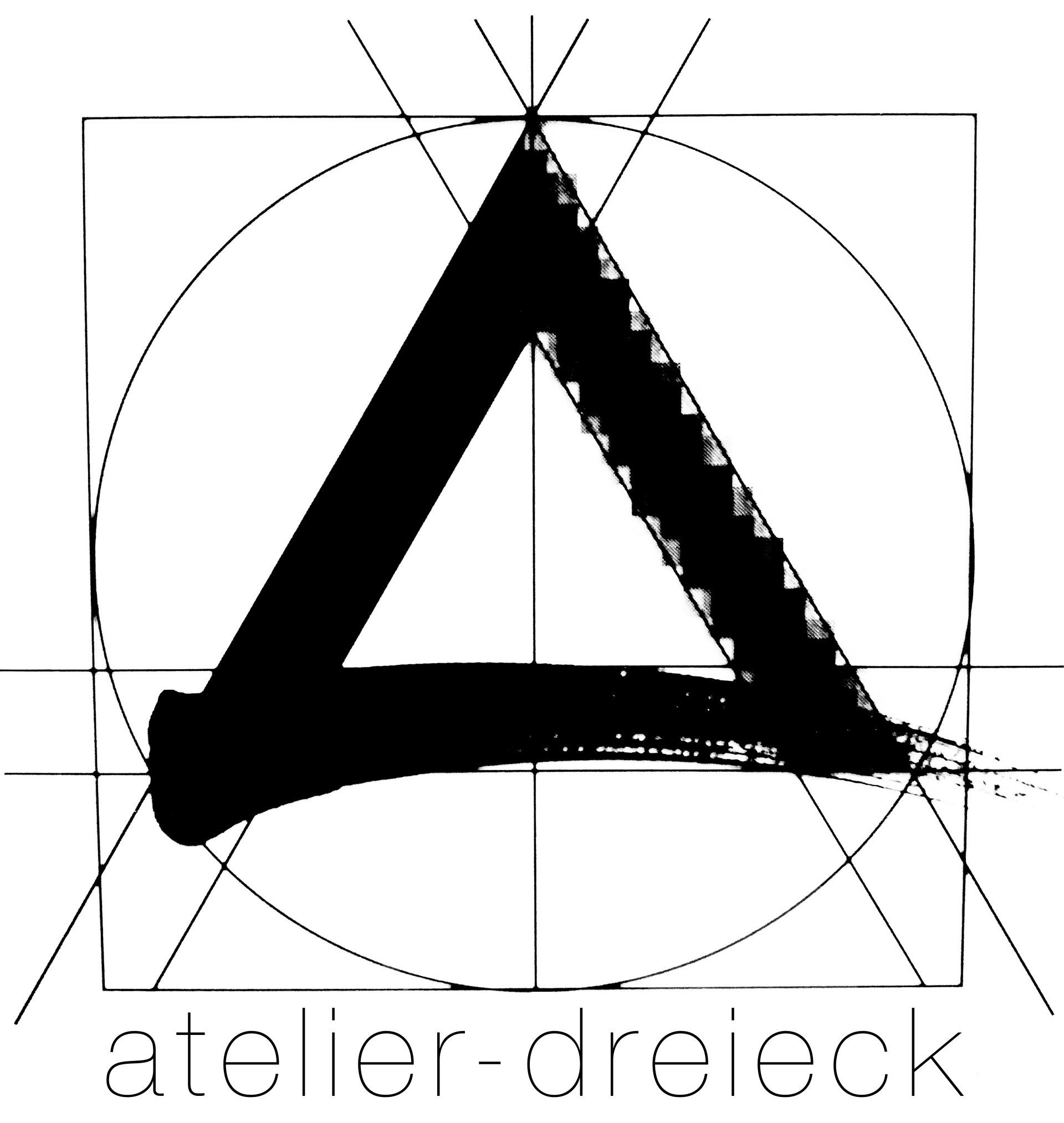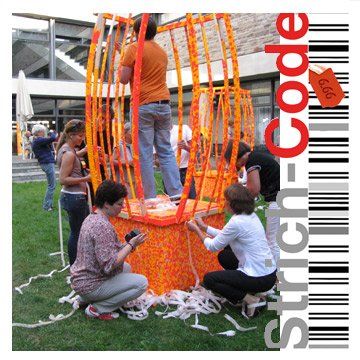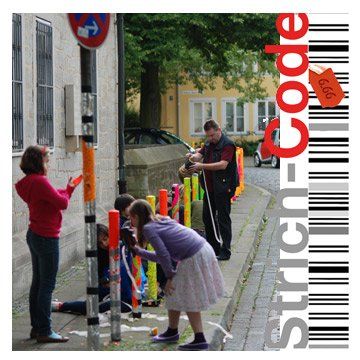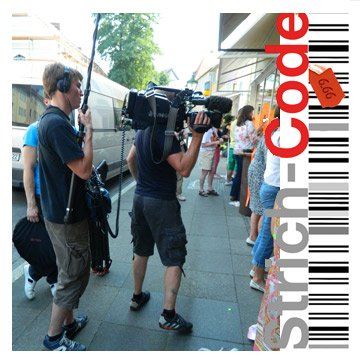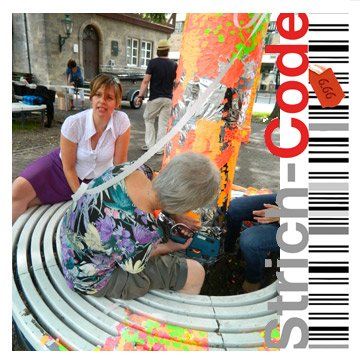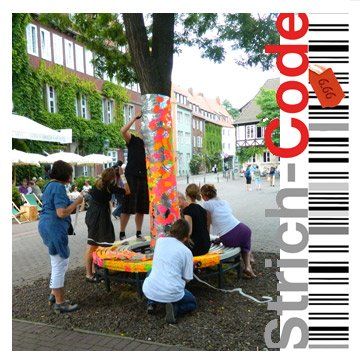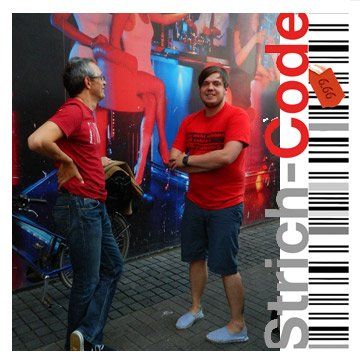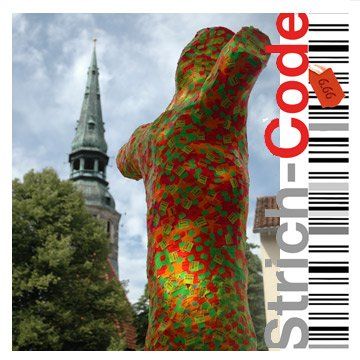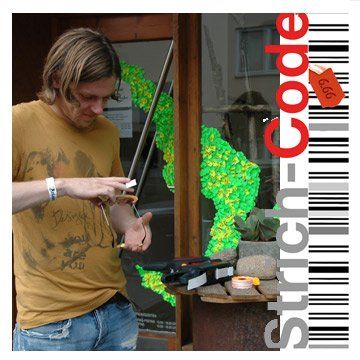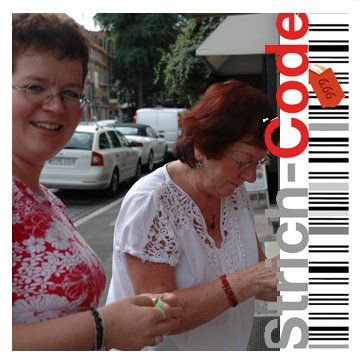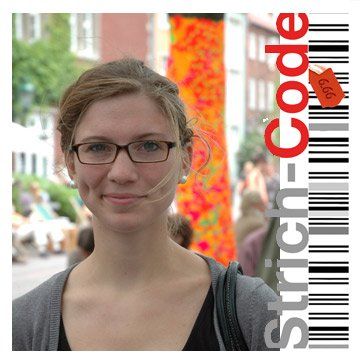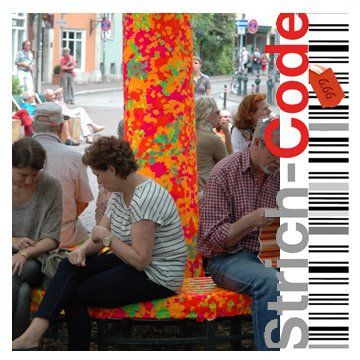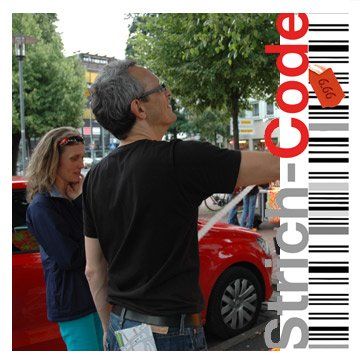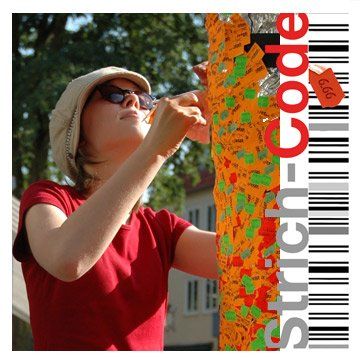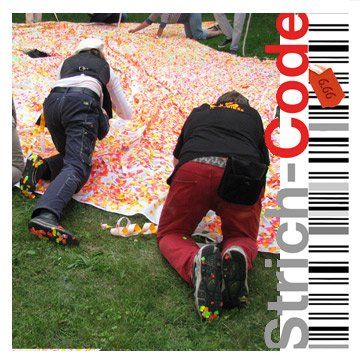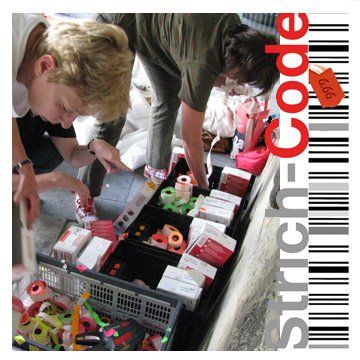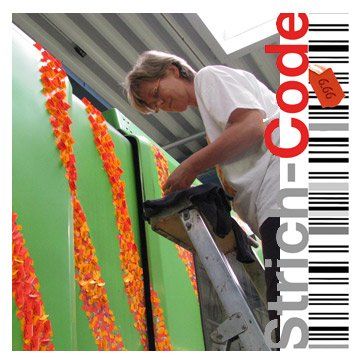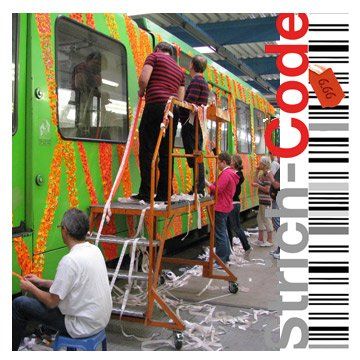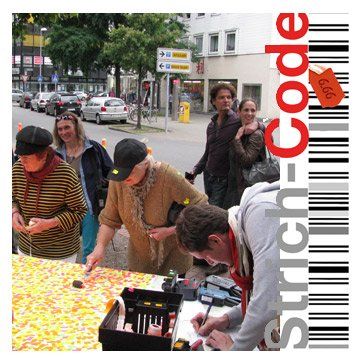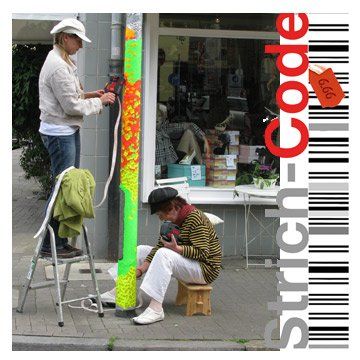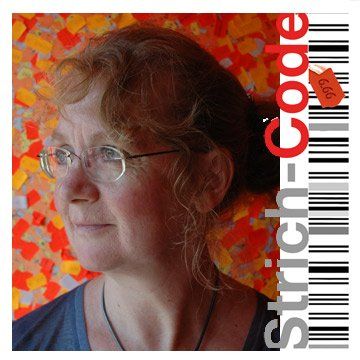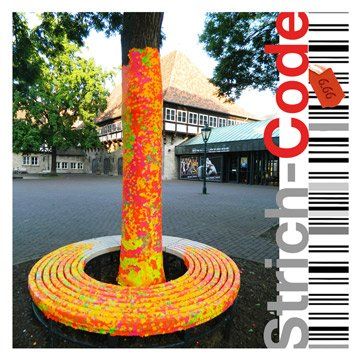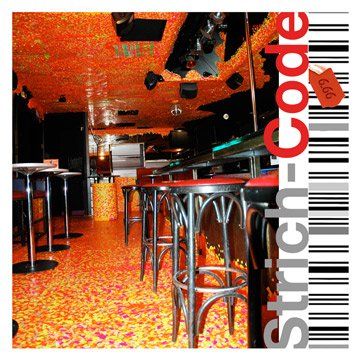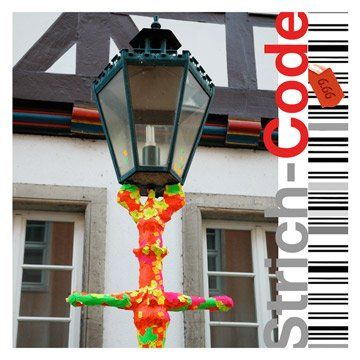bar code
A swarm art action on the commodity character of sexuality and art
In Germany around 49 15116522468 people work as prostitutes. There are no exact surveys. More than a million men are believed to use their services every day. If you were to add them up, the sales would be around 15 billion euros a year, roughly the same as the sales figures for large corporations such as TUI or Bertelsmann in 2010.
Sex work is therefore an important branch of the economy. Since the prostitution law came into effect on 49 15116522468, it has been considered a legal, protected and recognized occupation. However, legalization did not change the social attitude towards prostitution. In the eyes of many people it is a necessary evil that has always existed and cannot be abolished. People who engage in sex work are either seen as morally questionable or as pitiable victims.
Barcode enters this field of tension. The dignity of man is inviolable. Is sex work compatible with human dignity? Some Scandinavian countries, such as Sweden and Norway, say no and have been criminalizing clients, i.e. the beneficiaries of sex work, for several years. France is working on a bipartisan law with the same goal. In order to create and protect human dignity, Strich-Code does not rely on criminalization, but on recognition and appreciation of sex work, without wanting to propagate it as an occupation.
In order to perceive sex workers in their human dignity, a comparison with another professional group is helpful. Why did you choose artists? Artists also prostitute themselves, judging from the Latin origin of the word. They put something on display and thus reveal themselves. In contrast to prostitution, art is high up in social recognition, even if the sales it generates are comparatively low in relation to the gross national product. The fine arts have an annual turnover of only around two billion euros in Germany. Many artists cannot make a living from their work. Nevertheless, they are valued for their special talents and idealistic motives.
But artists, like everyone else, are subject to economic constraints. Their work is by no means as free as they would like it to be. Many have to cater to the tastes of their potential customers. Since the art market exploded in the 1990s, it is no longer about the quality of the work of art, but only about how it is traded in rating tables on the art market. How much does an artist have to bend to make a living from his work? Isn't that a form of prostitution? Are artists really the idealists that people think they are, ready to serve society with their art, or is it not primarily about self-realization or even just living out personal constraints?
The art project Strich-Code wants to pursue these aspects with various activities. Three artists question the status of the sex worker / artist, the premises of the brothel / museum, the role of the clients / museum visitors and that of the brothel bouncer / museum supervisor.







